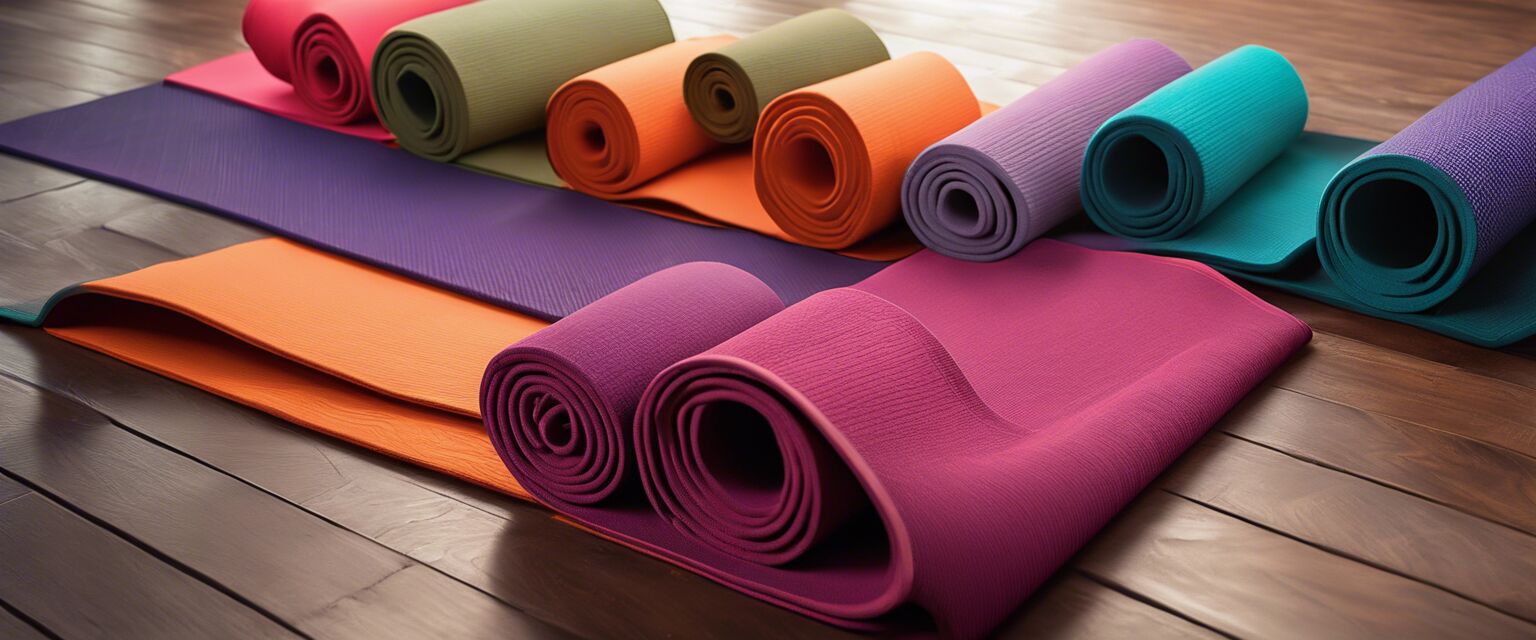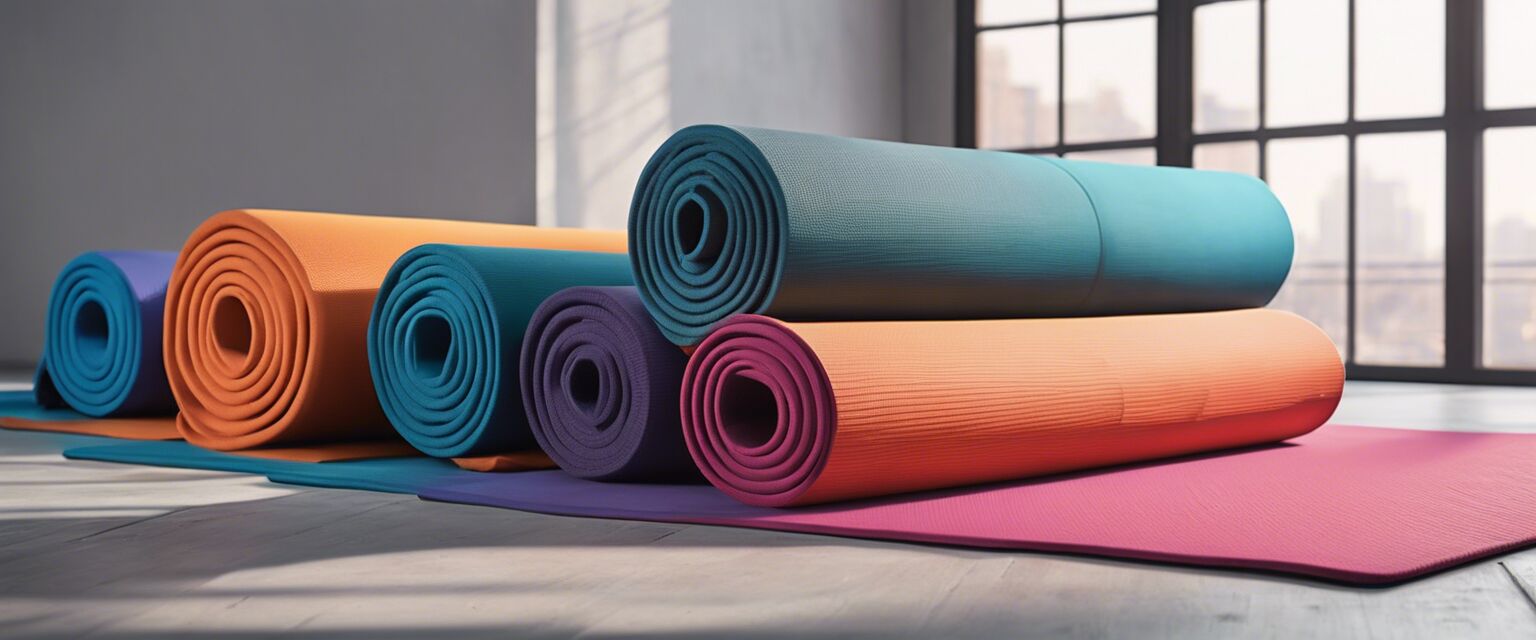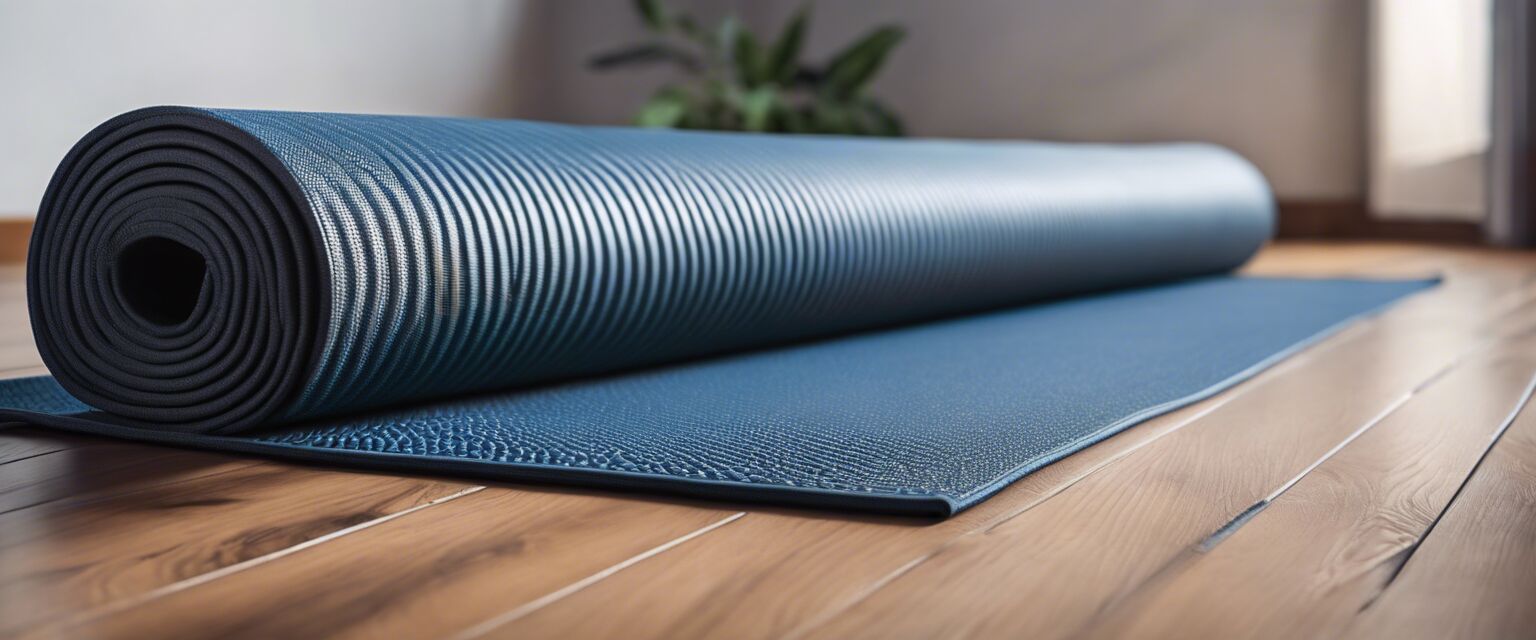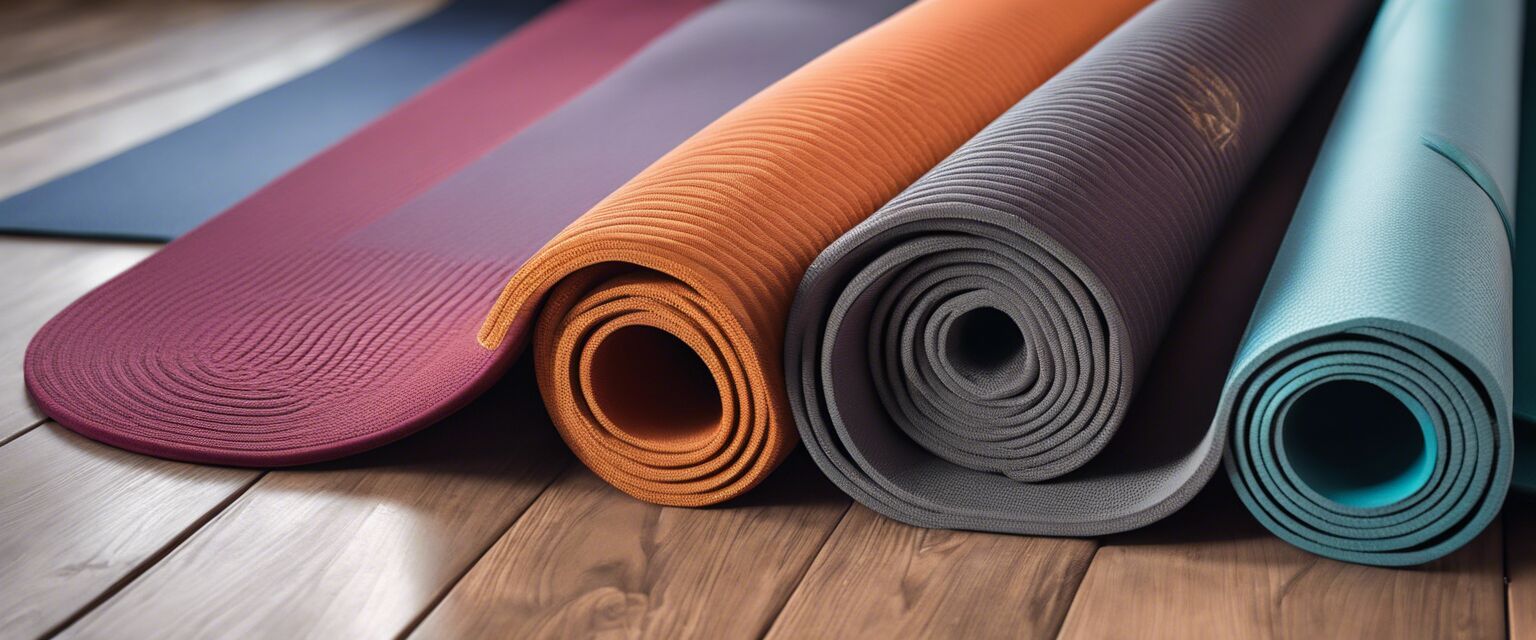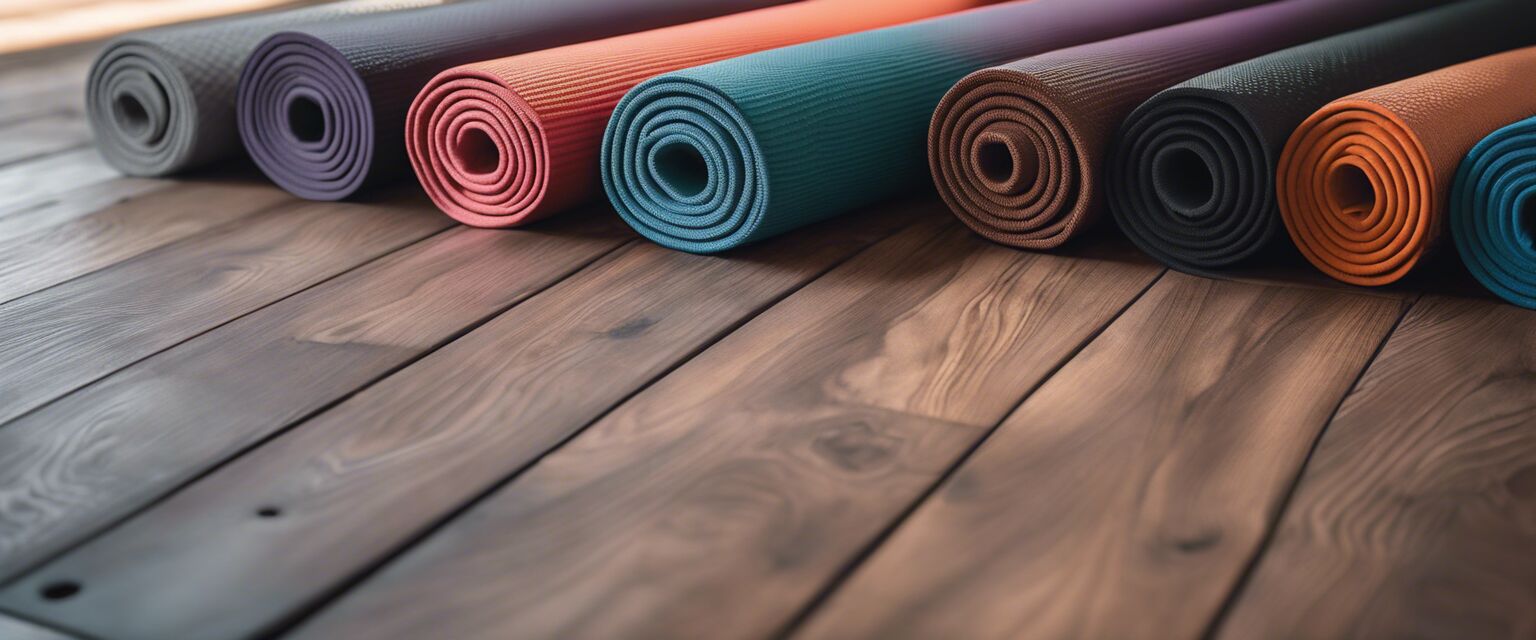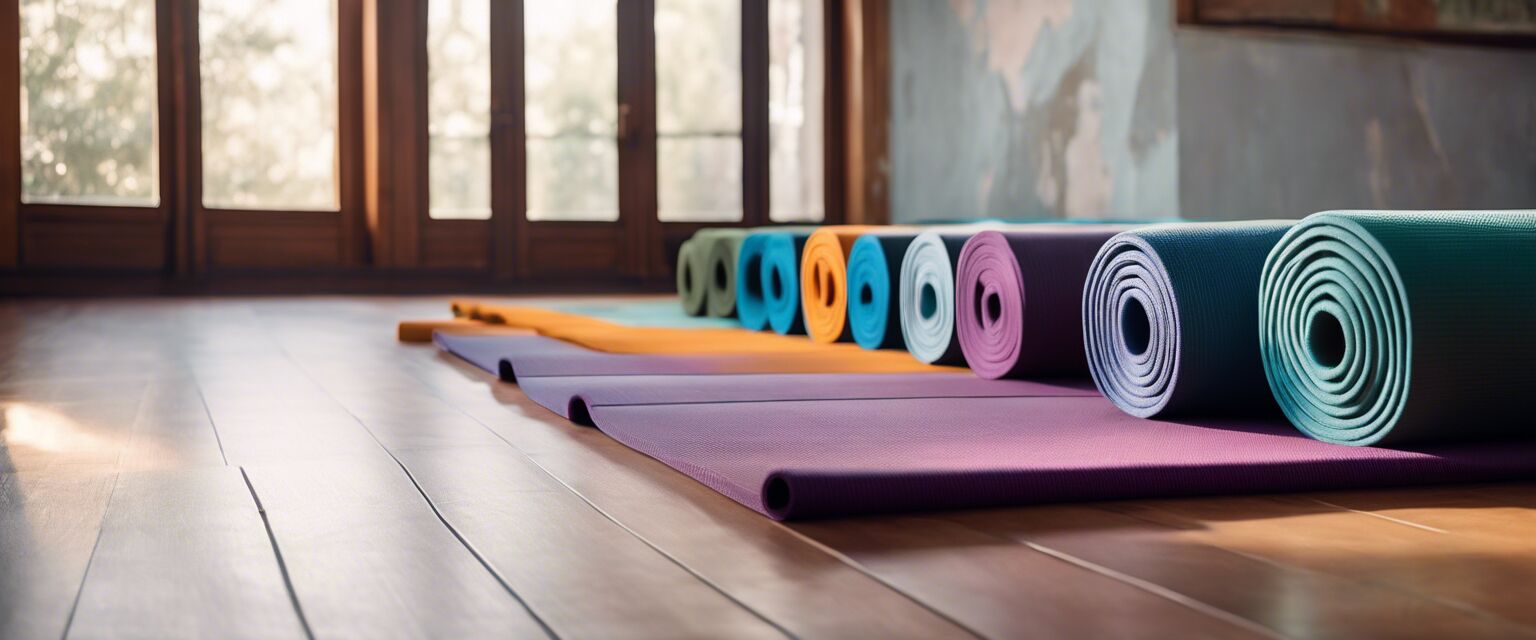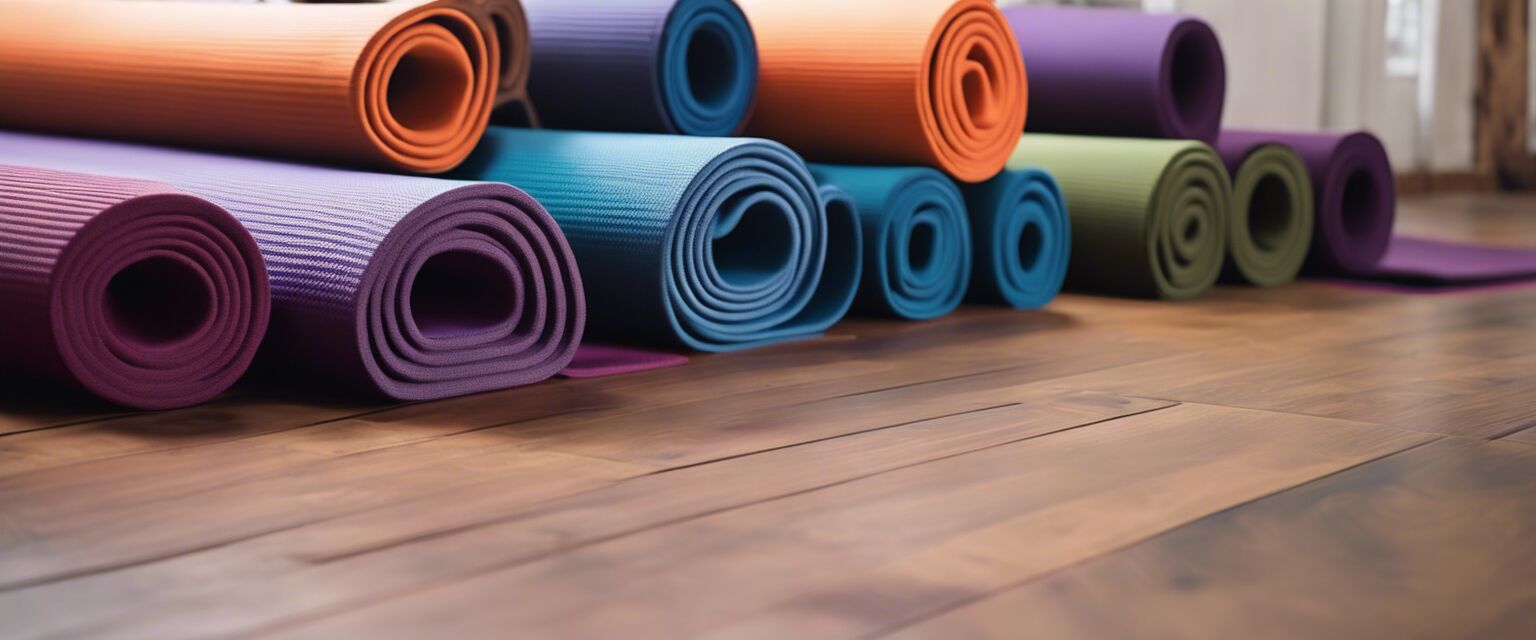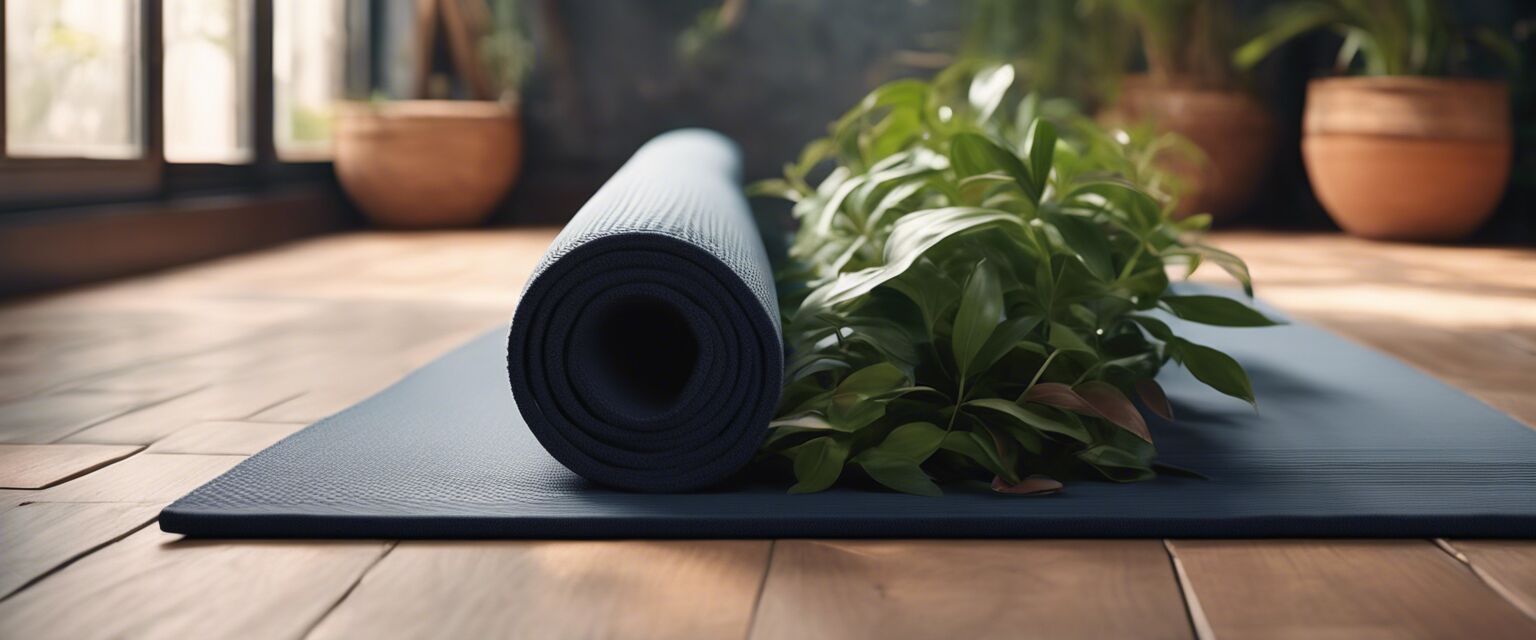
Eco-Friendly Yoga Mats
Key Takeaways
- Eco-friendly yoga mats are made from sustainable materials.
- They are biodegradable and help reduce environmental impact.
- Look for certifications like non-toxic and PVC-free.
- Consider the thickness and texture for your yoga practice.
In recent years, the demand for eco-friendly yoga mats has surged as more individuals become conscious of their environmental impact. This article explores sustainable options that not only enhance your yoga practice but also contribute to protecting our planet.
What are eco-friendly yoga mats?
Eco-friendly yoga mats are made from sustainable, non-toxic materials that minimize harm to the environment. Unlike traditional mats that may contain harmful chemicals, these mats offer a healthier alternative for both you and the planet.
Types of eco-friendly materials
| Material | Description | Benefits |
|---|---|---|
| Natural Rubber | Harvested from rubber trees, this material is biodegradable. | Excellent grip and cushioning. |
| TPE (Thermoplastic Elastomer) | Made from a blend of plastic and rubber, it is recyclable. | Lightweight and durable. |
| Cork | Harvested from cork oak trees, this material is renewable. | Natural antimicrobial properties and great grip. |
| Jute | A natural fiber that is biodegradable and sustainable. | Eco-friendly and stylish texture. |
Benefits of using eco-friendly yoga mats
- They reduce plastic waste and promote sustainability.
- Often free from toxic chemicals, making them safer for use.
- Provide a comfortable and supportive surface for your practice.
- Many are biodegradable, breaking down naturally over time.
How to choose the right eco-friendly yoga mat
Choosing the right eco-friendly yoga mat involves considering several factors:
- Material: Opt for mats made from sustainable materials.
- Thickness: Choose a thickness that suits your practice style. Thicker mats offer more cushioning.
- Texture: Look for a surface that provides adequate grip to prevent slipping.
- Size: Ensure the mat is long enough for your height, especially if you're practicing poses that require more space.
Popular eco-friendly yoga mat brands
While there are many brands available, here are a few to consider:
Comparison of eco-friendly yoga mats
| Brand | Material | Thickness | Price Range |
|---|---|---|---|
| Brand A | Natural Rubber | 4mm | $40 - $60 |
| Brand B | TPE | 6mm | $30 - $50 |
| Brand C | Cork | 5mm | $50 - $80 |
Care and maintenance of eco-friendly yoga mats
To extend the life of your eco-friendly yoga mat, follow these care tips:
- Clean your mat regularly with a gentle soap and water solution.
- After cleaning, let it air dry completely before rolling it up.
- Store in a cool, dry place, away from direct sunlight.
- Avoid using harsh chemicals that can degrade natural materials.
Visual Guide to Eco-Friendly Yoga Mats
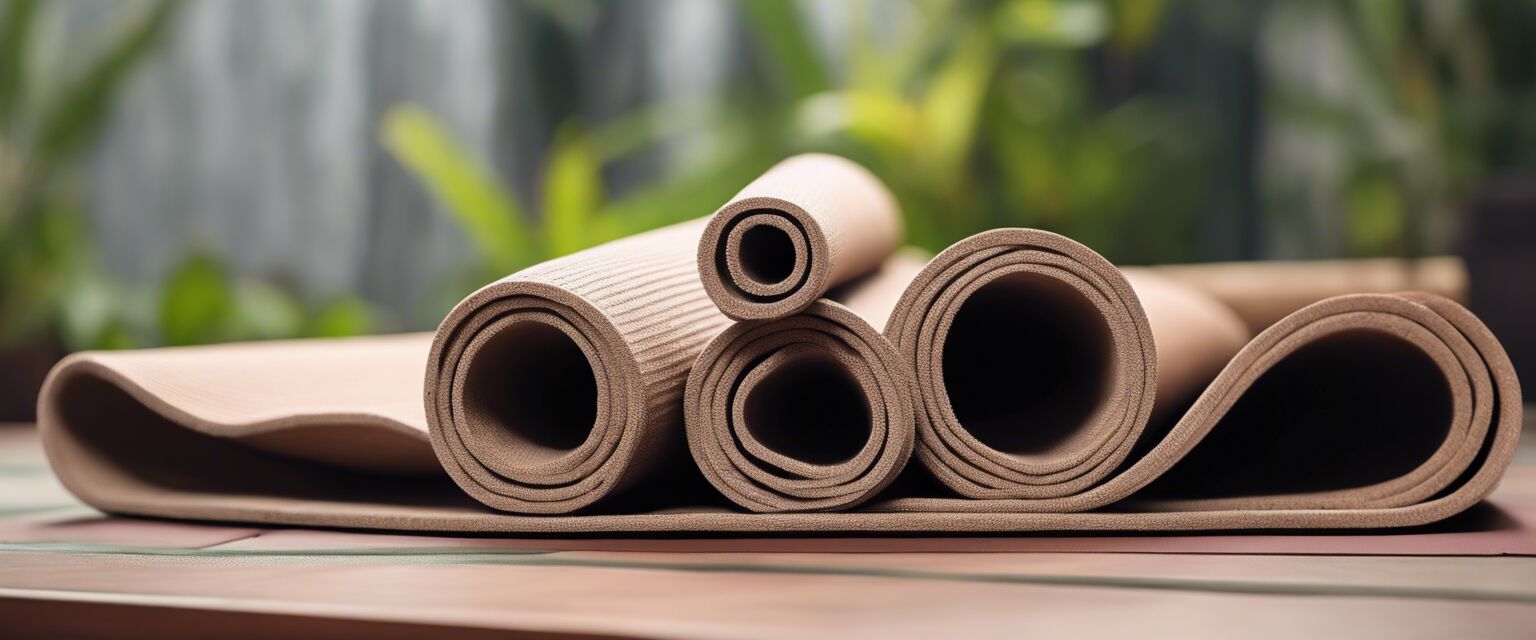
Frequently asked questions
Are eco-friendly yoga mats more expensive?
While they can be slightly more expensive than traditional mats, the investment is worthwhile for sustainability and health benefits.
How long do eco-friendly yoga mats last?
With proper care, eco-friendly yoga mats can last several years, similar to traditional mats.
Can I recycle my yoga mat?
Many eco-friendly mats are recyclable, but check with local recycling programs for specifics.
Are there any specific certifications to look for?
Look for certifications such as OEKO-TEX, GreenGuard, and USDA Organic to ensure product safety and sustainability.
Pros
- Environmentally friendly materials.
- No harmful chemicals used.
- Support sustainable practices.
- Comfortable for yoga practice.
Cons
- Can be more expensive.
- Some may not provide enough grip for certain styles of yoga.
Conclusion
Choosing an eco-friendly yoga mat is not only a step towards a healthier yoga practice but also a commitment to sustainability. By selecting mats made from natural materials, you contribute to a cleaner planet while enjoying your yoga sessions.
Further reading
For more insights, explore our guides on:
Image Inspiration for Your Practice


